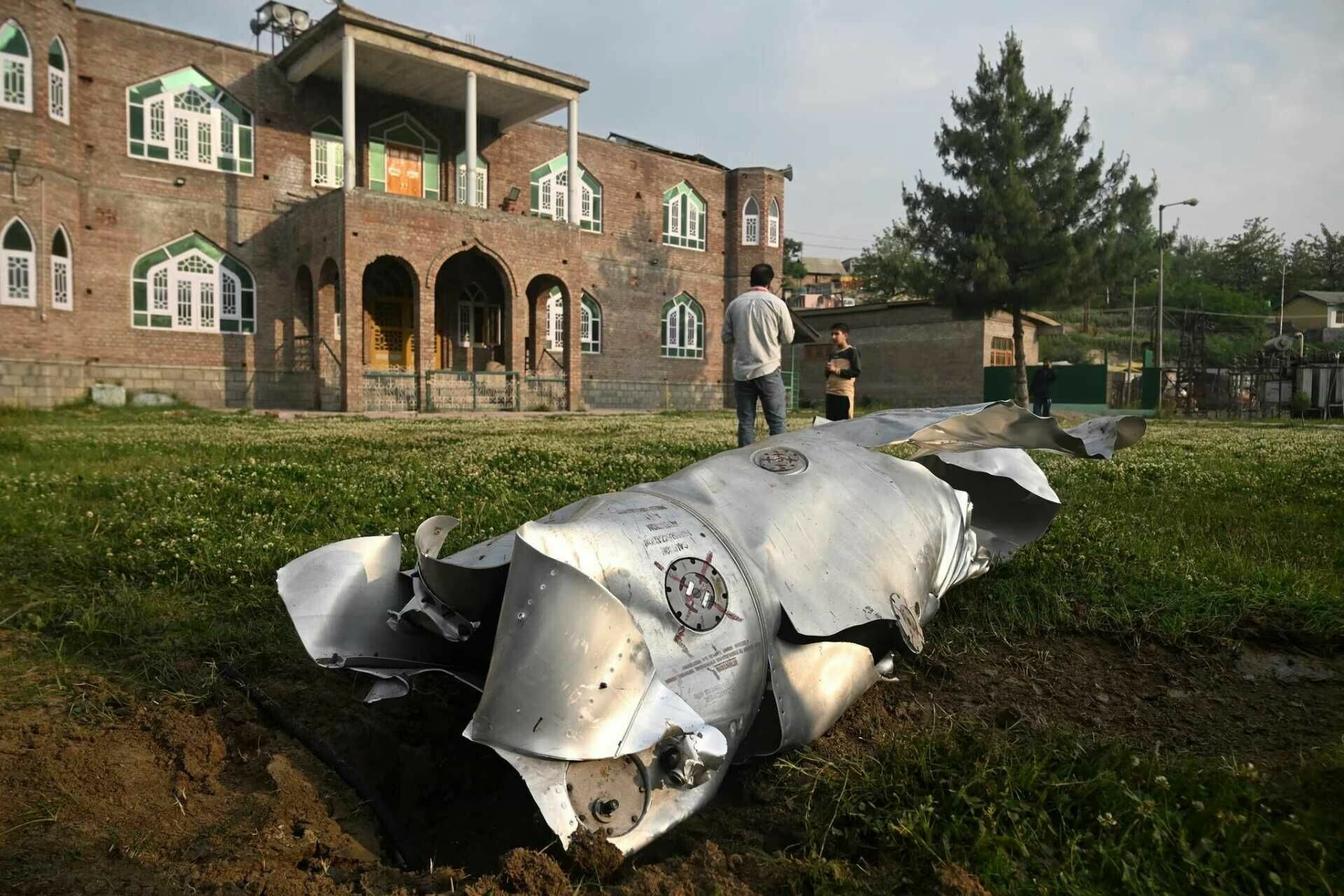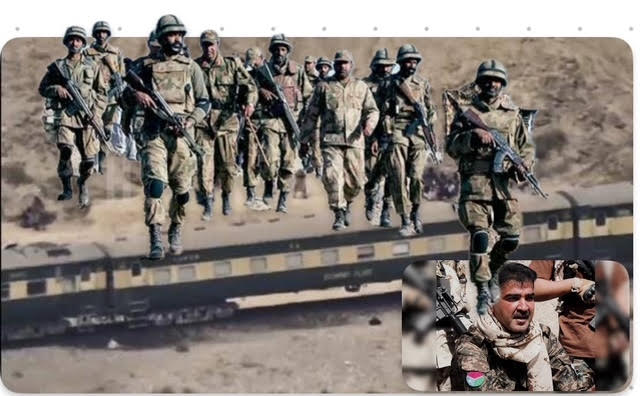Muhammad Atta Ullah Khan

On May 12, the Indian Armed Forces spokespersons comprising senior officers from army, navy and air force faced the media as part of press briefing. Whole of the press briefing kept revolving around the central theme being propagated by Indian government that ” Indians have successfully targeted the terrorist camps inside Pakistan “. However, body language of officers addressing the media personnel was telling something contrary to their statements. Even they were unable to satisfy the media regarding ” downing of an Indian Rafael aircraft during recent combat with Pakistan Air Force. Although, apparently the ceasefire is holding but Prime Minister Modi address to nation was telling something different. He was assuring his nation that he has achieved all goals and talks with Pakistan will be about terrorism and regarding other part of Kashmir being governed by Pakistan. His military commanders , as per independent observers, are signaling that ” India is in state of combat” despite the temporary ceasefire fire. The Indian military seems planning to hit Pakistan well before Pahalgam incident.
Just days after the Pahalgam massacre that killed 26 tourists in Indian-administered Kashmir, India sealed a $7.4 billion deal with France for 26 Rafael-M naval fighter jets.
That agreement, signed on April 28, 2025, came not as a deterrent but as a green light.
Within days, India launched sweeping air, missile, and drone strikes—not only across the Line of Control but deep into Pakistani Punjab and Pakistan-administered Kashmir.
This marked a shift from symbolic deterrence to open escalation, seemingly emboldened by the confidence of fresh arms acquisitions and Western political cover.
South Asia has long stood on a knife-edge, but after open manifestation of Indian hegemonic designs its vulnerability has sharpened.
India’s geopolitical ambitions, combined with its upper-riparian control over key Himalayan rivers, create constant friction with Pakistan, a downstream state acutely sensitive to water flows.
The looming threat of climate change is rapidly turning this tension into a potential flashpoint.
Melting glaciers, erratic monsoons, and vanishing aquifers now merge with strategic anxieties.
As India builds dams and military infra-structure in disputed territories, including Ladakh and Arunachal Pradesh, the Himalayas are becoming militarized zones—with environmental costs and geopolitical risks converging dangerously.
India’s strategic assertiveness is now bolstered not only by French jets but by growing defence ties with the United States.
Already the US has been pushing to clinch deals with India involving F-18 Super Hornets, MQ-9B armed drones, and advanced surveillance systems.
These sales are often framed as Indo- Pacific cooperation or a hedge against Chinese assertiveness.
But in the immediate South Asian context, they are fuelling a power imbalance that incentivizes unilateral military action.
India already operates 36 Rafael fighter jets from a 2016 deal, and its appetite for high-end Western weaponry is growing.
For Western arms industries, India is a lucrative market.
For Western governments, it is a key partner in countering China.
But this convergence of economic and strategic interests is proving dangerously blind to regional consequences.
Pakistan defence officials claim to have downed 77 Indian drones and have hinted at the nuclear dimension—a familiar but no less frightening tactic.
During last week adventure by India, Pakistan successfully intercepted
several threats aimed at destroying Pakistan’s military infrastructure.
Pakistan also claimed to have hit India’s S-400 air defense systems, a claim New Delhi denied amid escalating cross-border hostilities.
While some of this may be posturing, the reality is that both nations now operate in a climate of diminished restraint and increased mistrust.
The West, particularly France and the U.S., may believe they are arming a partner or balancing a rival.
In practice, they are removing the speed bumps on South Asia’s road to escalation.
The Rafael deal, signed at a moment demanding diplomacy, instead signaled escalation of U.S. sales in the pipeline risk deepening this spiral.
South Asia doesn’t just need stability—it needs de-escalation.
But with arms pouring in and political temperatures rising, what the region is getting instead is a reckless race to the brink. The recent efforts by President Trump to arrange an immediate ceasefire are commendable but , at the same time, there is a dire need to help ensure a lasting peace as it is a matter of life and death of around 2 billion people living in this region. A miscalculation on part of US /West or India and Pakistan can convert the region into a prolonged instability which will not serve any purpose. India shall face the reality that ” terrorism ” is an international issue and all countries need to jointly handle this issue. There is no guarantee that more incidents of terrorism will not happen in India, Pakistan or elsewhere. It doesn’t mean that every incident shall lead to war amongst countries. Unfortunately Indian leadership is not ready to understand this phenomenon and is playing at the hands of terror groups or itself is busy in deploying such groups to conduct false flag operations like Pahalgam. India shall show maturity and come out of this box in which it has put itself , end the combat postures and work with international community to solve all outstanding issues through dialogue with its neighbours including Pakistan.
The author is former Joint Director General Intelligence Bureau, Govt. of Pakistan and geo-political analyst.

